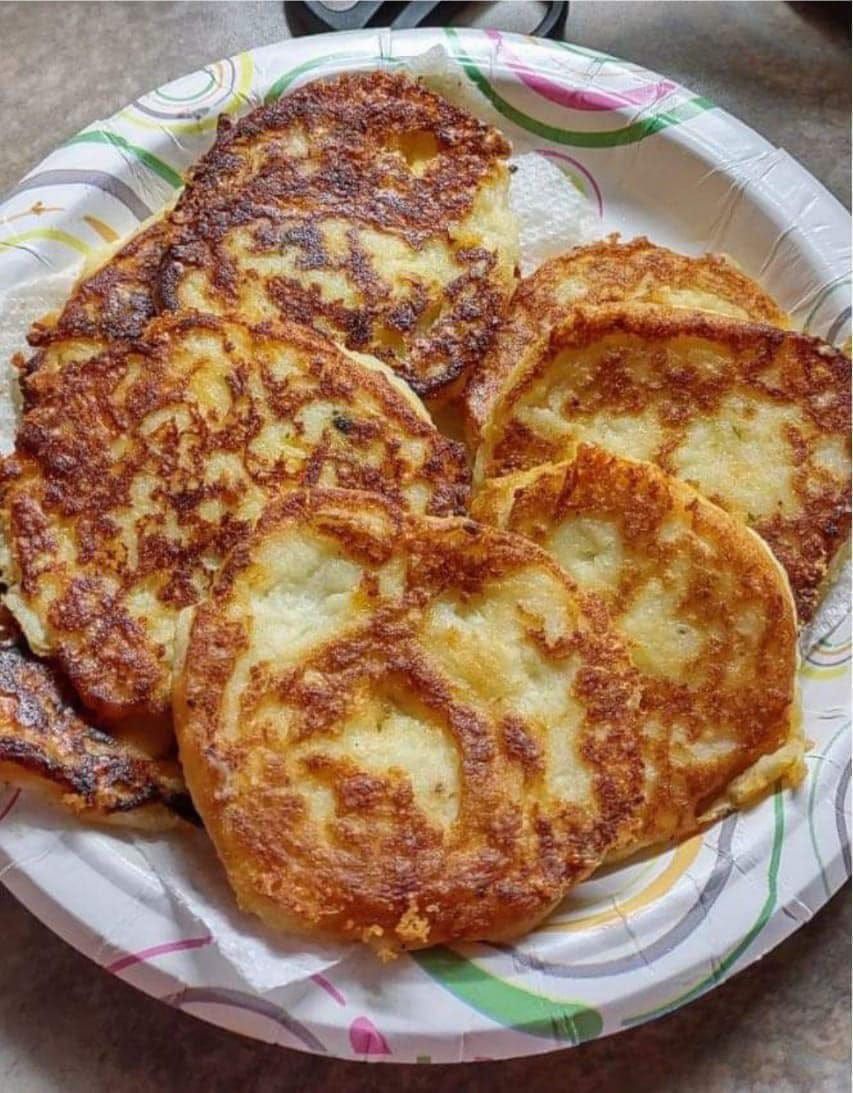Introduction
Pancakes, in their modern fluffy form, are a breakfast staple enjoyed globally. But did you know that pancake-like creations have existed for millennia? While we often think of pancakes as a relatively recent invention, evidence suggests that “ancient molded pancakes,” or variations thereof, were being prepared and consumed in civilizations across the world, long before the advent of baking powder and refined flour. This article explores the fascinating history and cultural significance of these ancient flatbreads, examining their ingredients, cooking methods, and potential connections to modern pancakes.
Ancient Flatbreads: A Culinary Journey Through Time
Early Grain-Based Dishes
The earliest forms of “pancakes” were likely simple mixtures of ground grains and water, cooked on hot stones or heated surfaces. These were more akin to flatbreads than the fluffy pancakes we know today. Archaeological evidence points to examples from:
- Ancient Mesopotamia: Flatbreads made from emmer wheat and barley were a common part of the diet.
- Ancient Egypt: Egyptians consumed flatbreads made from grains like emmer and barley. Tomb paintings depict the preparation and consumption of these early breads.
- Stone Age Europe: Evidence suggests that people in Europe were grinding grains and making simple flatbreads as far back as 30,000 years ago.
Variations Across Cultures
As agriculture spread, different cultures developed their own unique versions of grain-based flatbreads. Factors like available ingredients and cooking techniques contributed to a diverse range of recipes:
- Ancient Greece: Greeks made tagenites, a flatbread cooked in a pan with olive oil and honey. This is considered a direct ancestor of modern pancakes.
- Ancient Rome: Romans enjoyed tracta, a thin pancake-like flatbread often served with honey and cheese.
- Byzantine Empire: The Byzantines continued the tradition of pan-fried flatbreads, often flavoring them with spices and fruits.
Ingredients and Cooking Methods
Ancient flatbreads relied on basic, locally available ingredients. Key components included:
- Grains: Emmer wheat, barley, millet, and other locally grown grains formed the base.
- Liquids: Water, milk (when available), and sometimes honey or wine were used to bind the ingredients.
- Fats: Olive oil, animal fats, and butter (in regions where dairy farming was prevalent) were used for cooking.
Cooking methods were equally straightforward. Batter was typically poured onto a hot stone, metal griddle, or earthenware pan placed over an open fire. The resulting flatbread was then flipped and cooked until golden brown.
Symbolism and Cultural Significance
Beyond mere sustenance, ancient flatbreads often held symbolic and cultural significance. They were sometimes used in:
- Religious Offerings: Flatbreads were offered to deities in various ancient cultures.
- Ritualistic Practices: Certain flatbreads were prepared and consumed during festivals and celebrations.
- Everyday Meals: They served as a staple food, providing essential carbohydrates and nutrients.
The Evolution to Modern Pancakes
The Introduction of Leavening Agents
The evolution of flatbreads to the fluffy pancakes we know today involved the gradual introduction of leavening agents. Early attempts might have included:
- Fermented Starters: Utilizing naturally occurring yeasts in grain mixtures to create a slightly raised dough.
- Ash: Adding wood ash, which contains alkaline compounds, to react with acidic components in the dough.
These experiments paved the way for the later use of baking powder and baking soda, which revolutionized pancake making.
Regional Variations and Modern Recipes
As pancakes evolved, distinct regional variations emerged, each reflecting local ingredients and preferences. Today, we have a diverse range of pancake recipes, including:
- American Pancakes: Thick and fluffy, often served with maple syrup and butter.
- French Crêpes: Thin and delicate, filled with sweet or savory ingredients.
- Dutch Pannenkoeken: Large and thin, similar to crêpes but often cooked with bacon or fruit inside.
- Scottish Pancakes (Drop Scones): Small and thick, traditionally cooked on a griddle.
Conclusion
From simple grain-based flatbreads cooked on hot stones to the diverse array of modern pancakes, the history of this beloved food is rich and fascinating. While the ingredients and techniques may have changed over time, the fundamental concept of a cooked batter remains the same. Understanding the origins of “ancient molded pancakes” provides a valuable glimpse into the culinary practices of our ancestors and highlights the enduring appeal of this simple yet versatile dish. By tracing the evolution of pancakes, we can appreciate the ingenuity and resourcefulness of past civilizations and celebrate the global culinary heritage that continues to nourish and delight us today.
